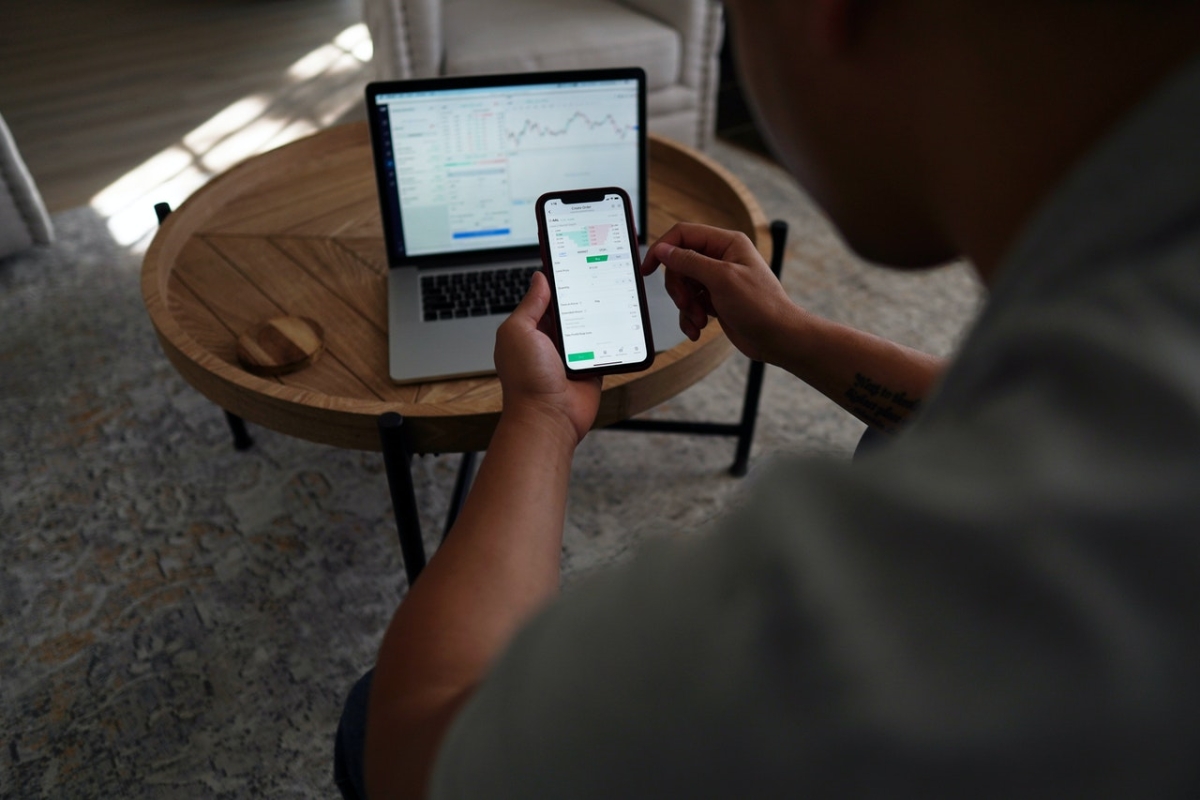Forward P/E and Trailing P/E - What are They, and why are They Important?
MediaForward P/E and Trailing P/E - What are They, and why are They Important?
A relative valuation is based on different multipliers to estimate a company's value. One of the multipliers is the profit multiplier. This article will explain what a profit multiplier is, what it is used for, and the difference between Forward P/E and Trailing P/E.
The earnings multiplier is the ratio between a share price and earnings per share. It expresses the number of years it will take for an investor to return the investment.
For example - if a share costs $ 100, and the earnings per share is $ 10 per year, then the earnings multiplier is 10 (10/100).
A profit multiplier of 10 means it will take an investor 10 years to recoup the investment. In the first year, he will get back $ 10. In the second year, he will receive another 10 dollars (and the total is equal to 20). In the third year - another $ 10, which will be a total refund of $ 30. In the tenth year, he will receive $ 100, thus recouping the investment in the stock.
Forward P/E and Trailing P/E
Regarding the profit multiplier, two concepts are worth mentioning - Forward P/E and Trailing P/E.
Trailing P/E is the historical price-earnings ratio for a business. Most people see the trailing price-earnings ratio since that is typically calculated based on the past 12 months of reported earnings, or at least the year-end reported earnings. It is computed by taking the current stock price and dividing it by the trailing earnings per share (EPS) for the past 12 months.
Forward P/E, on the other end, is the estimated price-earnings ratio for the future earnings of a business. The forward P/E ratio is calculated by dividing the current stock price by the projected earnings per share.
Example of the Forward P/E and the Trailing P/E
Suppose the share price is currently $ 100, and earnings per share for the past 12 months are $ 10. Therefore the Trailing P/E is equal to 10.
Suppose we expect the company's earnings per share to decrease in the next 12 months to $ 5 per share due to the market crisis. In that case, the future earnings multiplier (Forward P/E) is expected to decrease to 20 (100 / 5).
The problem with the future multiplier is that it is based on an estimate of the company's future profit. Since profit estimation can be prone to various biases, the future multiplier can be problematic. The conclusion is that when valuing a company, the Trailing multiplier should be used.


